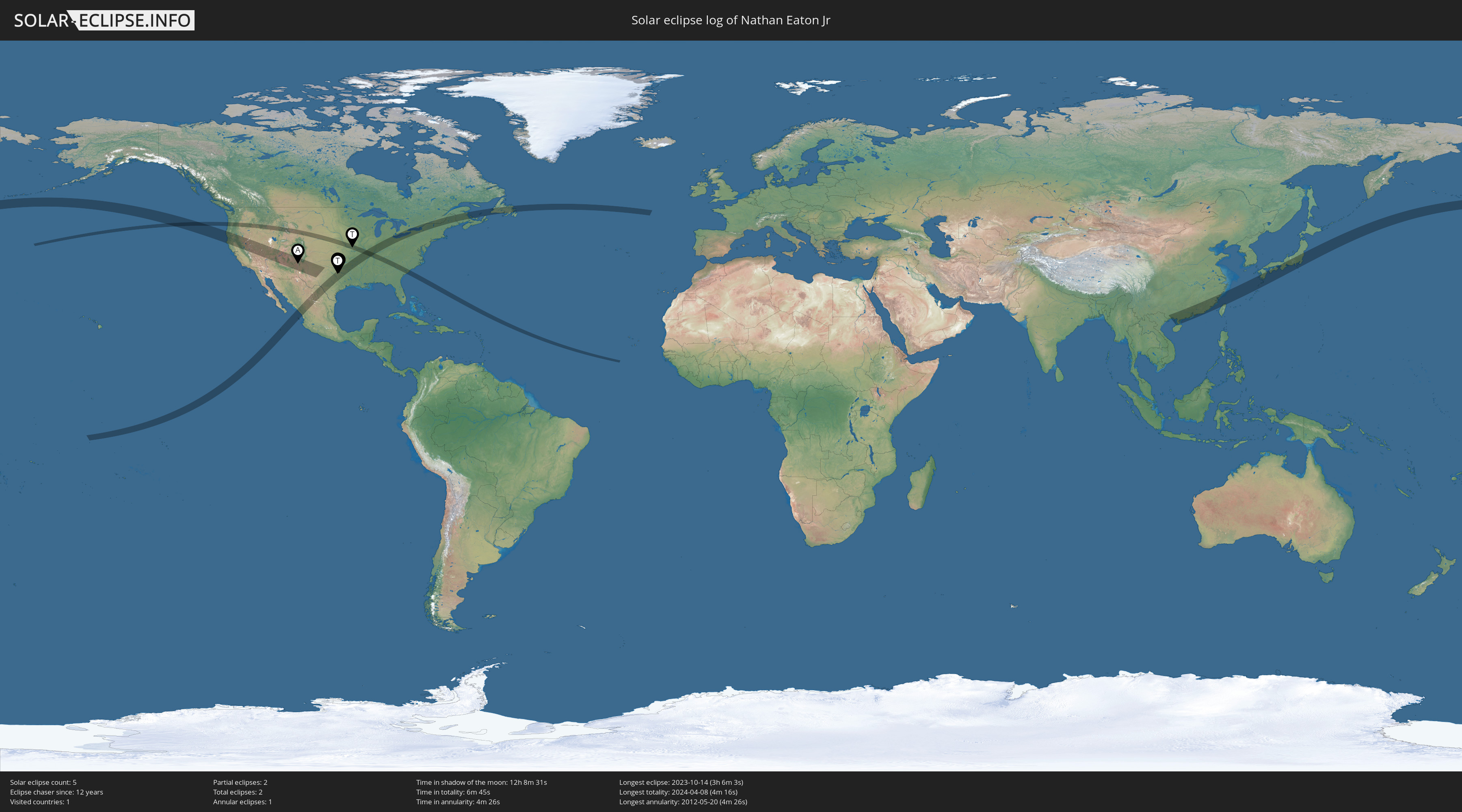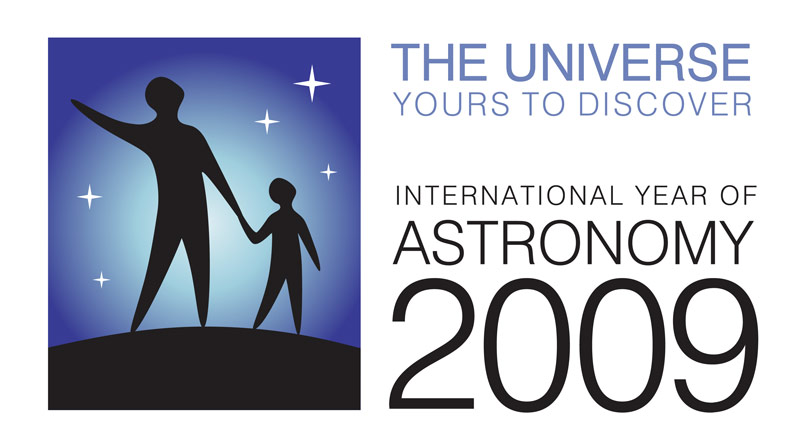As covered in previous posts, late last year I discovered a product called the Solarcan, a pinhole camera created using an aluminum can with a small hole in the side and photographic paper inside, all to capture long-period exposures (weeks, months, years) of the Sun as it moves across the sky each day, images called solargraphs. See Eaton Family Solarcan Project - Phase 2: Olivia for more on solargraphs and the beginning of our adventure with Solarcans.
Recently, we spent the day with our oldest granddaughter, Kaili. While at their house to pick her up, she and I installed her Solarcan.
As with Olivia's family, Kaili and her parents lives in the burbs. Kai is an athlete, having played many sports including soccer, football, golf and basketball. Their house is on a cul-de-sac with two basketball backboards across from each other. We decided that placing her Solarcan on the fence along the north side of the cul-de-sac, facing due south with one of the backboards in the foreground and one just off in the distance, would make for an interesting solargraph, one that highlighted her love of sports.
Below is an aerial view with current directions for sun rise (yellow line) and sun set (orange line) as of the summer solstice, June 21st. The thinner line represents the direction of the sun a little after solar noon that day (keeping in mind that due to daylight savings time, solar mid-day is actually 1:00pm CDT).
Installed this way, over the coming months the sun should trace arcs from left to right, from one side of the cul-de-sac to the other with their house on the west side. Each day the sun will trace an arc a little higher until we get to the summer solstice after which the arcs traced will be lower and lower.
An interesting facet of the installation of Kai's Solarcan is the basketball backboard in the foreground; see the view from the installed Solarcan below. The sun's path across the sky as we get late in the year may go just behind the backboard, outlining it in silhouette.Of course, the backboard won't be the only thing that blocks the sun's tracks on the solargraph. Some days will be overcast, with clouds completely blocking the sun, while other days will be partly cloudy with the sun's path on the solargraph appearing with gaps during periods when the clouds are covering it.
To see the final result, now we just have to be patient!
Our plan is to leave it up until just after the winter solstice, probably taking it down and developing the image around Christmas. Once that's done, I'll post the final solargraph and what we learn from it.
Stay tuned!






























 The journey continues beyond 2009... check it out!
The journey continues beyond 2009... check it out!
